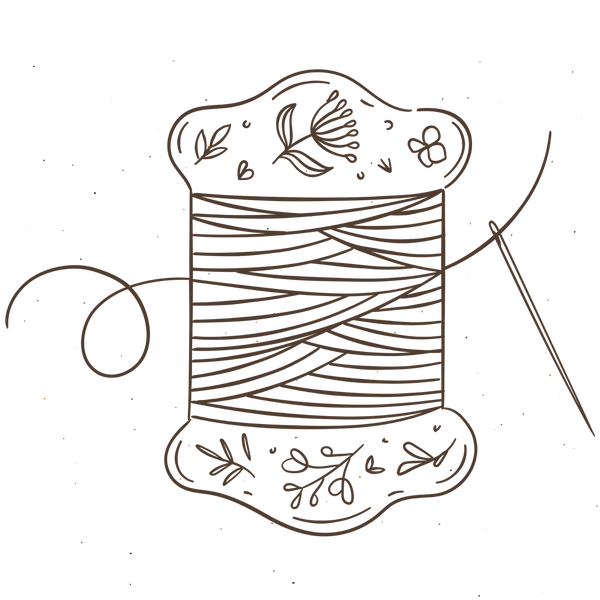What is Chikankari embroidery?
Share

Chikankari (pronounced chi-kahn-kah-ree) is a centuries-old hand-embroidery technique from India, renowned for its elegance and intricate craftsmanship. Originating in the city of Lucknow, this delicate art traditionally features white-on-white embroidery, done with fine thread on soft fabrics like cotton and muslin. Over time, Chikankari has evolved, with different regions developing their own distinct styles and techniques, keeping the tradition both rich and ever-evolving.
History of Chikankari
Chikankari embroidery has a rich history that dates back to the 16th century in India. It is believed to have been introduced by the Mughal emperors who were patrons of the arts. Over the years, Chikankari has evolved and adapted to different regions, with each area developing its own unique style and techniques.
What makes Chikankari special?
It’s all done by hand, using over 40 different stitches—like the backstitch, chain stitch, and satin stitch etc, each adding depth and texture to floral, paisley, or geometric motifs. The embroidery creates a soft, almost ethereal look, perfect for warm weather and easy elegance. Each piece is carefully crafted by hand—a process that is both time-consuming and precise. The attention to detail in every motif reflects the artisan’s expertise and patience, resulting in embroidery that feels both delicate and deeply artistic.
The more you learn about the history and techniques behind Chikankari, the more you’ll appreciate just how much heart and skill goes into every beautiful piece - it’s hard not to fall in love with it.
